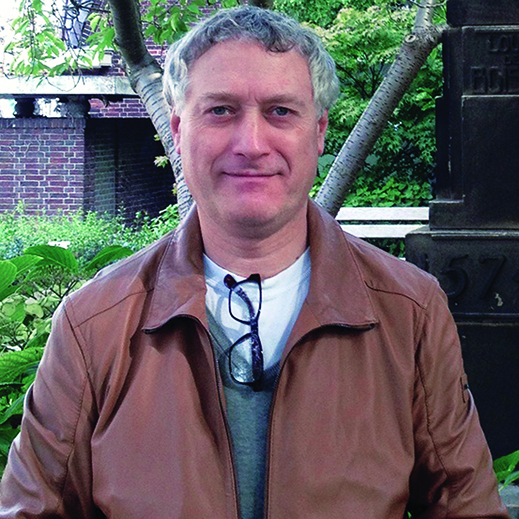After more than 10 years in space, the Rosetta spacecraft’s lander touched down on comet 67P/Churyumov-Gerasimenko on November 12, 2014, making the Rosetta mission the first to successfully land a spacecraft on a comet’s surface. For the European Space Agency’s Philippe Kletzkine, who served as the lander’s manager, it was a career highlight—the culmination of an ambitious 15-year project that covered more than six billion kilometers and required great patience.

When he joined the Rosetta team in 2000, the challenges were formidable. “Remember, all this was done with 1990s technology and a limited budget,” Kletzkine says. “The greatest difficulty was to design to an unknown environment. How do you specify the elements of a landing gear when you don’t know whether you will land on compact hard rock, porous terrain, or fluffy regolith? We did not even know what the gravity field of the comet would be like.”
The journey included a 31-month spacecraft hibernation designed to conserve energy and a tense moment during landing when the two harpoons on the lander, known as Philae, could not anchor in the surface and the lander settled under a cliff. That will make it more difficult to recharge the secondary battery using solar panels when the primary is empty.
“Philae is likely to have settled down quite far from the original touchdown but still in good health and attitude,” Kletzkine says. “The drawback is that Philae has now settled in a much less sunny area.”
Kletzkine moved on to other ESA projects during Rosetta’s journey and is now project manager for the Solar Orbiter, a satellite that aims to travel closer to the sun than any satellite has ever gone before.
“We’re now right in the middle of the development,” he says. “Our goal is to launch in 2017 or 2018.”
Over his career, Kletzkine has spent nearly 30 years at ESA, including a three-year stint in French Guiana, where he worked on satellite and commercial launches. Between graduating from MIT and joining ESA, he served in the French Air Force, where he worked on space-related programs.
Kletzkine is thankful for his MIT experience, with only one exception. “My MIT education gave me added insights into other engineering cultures, and this came in very handy in my later career,” he says. “The only thing I could never really get accustomed to was nonmetric units—it’s archaic and inelegant, and also risky.”
Kletzkine currently works at the ESA center in the Netherlands, where he lives with his wife, Wilma. They have three children, Daniella, Stephanie, and Jonathan, and one granddaughter, Yaela.
Keep Reading
Most Popular
Large language models can do jaw-dropping things. But nobody knows exactly why.
And that's a problem. Figuring it out is one of the biggest scientific puzzles of our time and a crucial step towards controlling more powerful future models.
The problem with plug-in hybrids? Their drivers.
Plug-in hybrids are often sold as a transition to EVs, but new data from Europe shows we’re still underestimating the emissions they produce.
Google DeepMind’s new generative model makes Super Mario–like games from scratch
Genie learns how to control games by watching hours and hours of video. It could help train next-gen robots too.
How scientists traced a mysterious covid case back to six toilets
When wastewater surveillance turns into a hunt for a single infected individual, the ethics get tricky.
Stay connected
Get the latest updates from
MIT Technology Review
Discover special offers, top stories, upcoming events, and more.